What is Title 42? The strict Covid border rules that have come to an end on the US border
Trump-era policy suspending right to claim asylum runs out
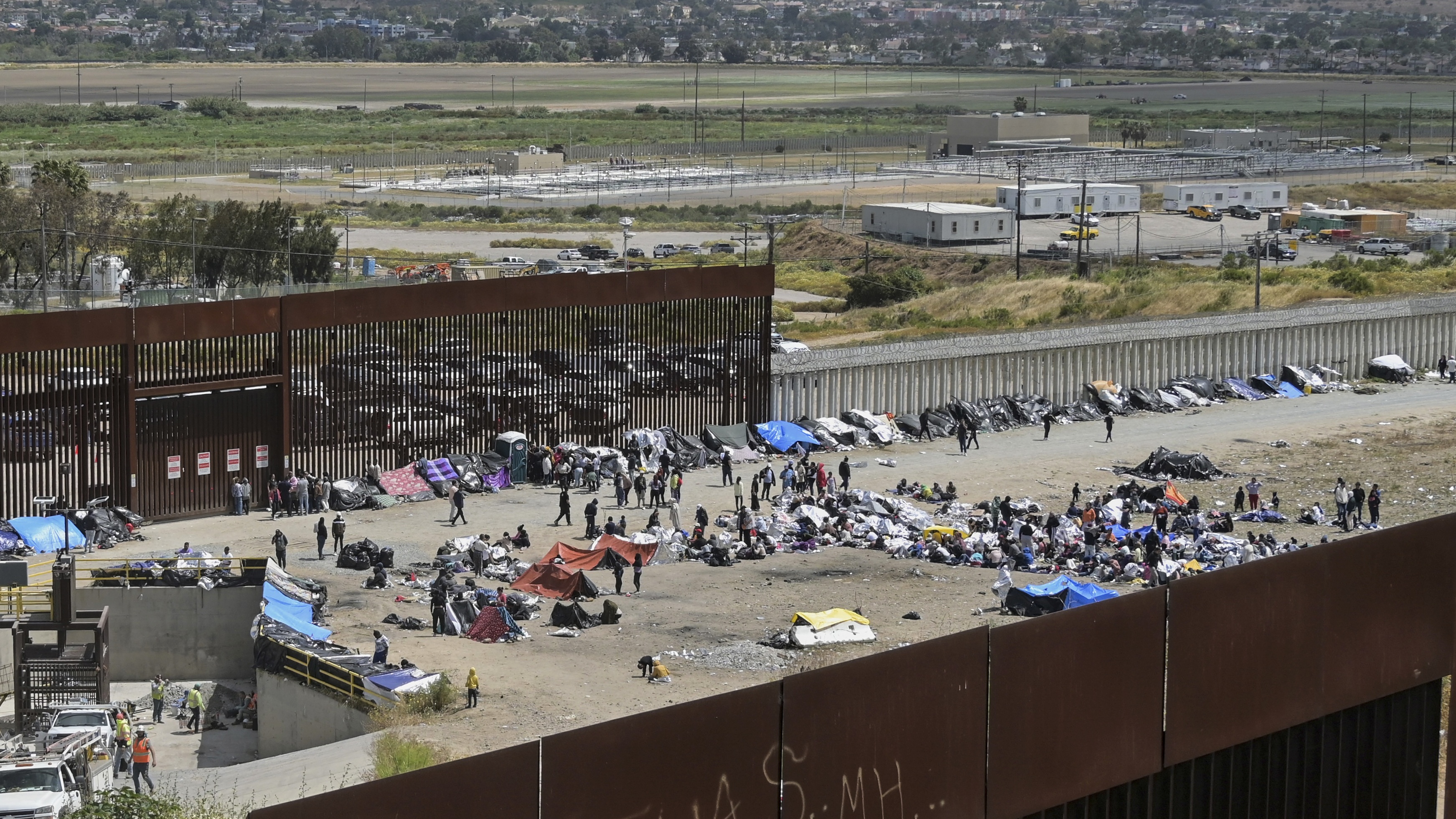
A Covid pandemic policy that restricted the right to claim asylum at the US-Mexico border has expired, with significant implications for American politics – and for the flow of migrants from South and Central America.
Cities along both sides of the border “are steeled for a potentially weeks-long surge in migrant crossings” after the expiry of so-called Title 42, said the Financial Times, “threatening to ignite a politically toxic issue for President Joe Biden.”
His officials have relied on the Trump-era policy “to manage a spiralling situation at the border”, said CNN.
The Week
Escape your echo chamber. Get the facts behind the news, plus analysis from multiple perspectives.

Sign up for The Week's Free Newsletters
From our morning news briefing to a weekly Good News Newsletter, get the best of The Week delivered directly to your inbox.
From our morning news briefing to a weekly Good News Newsletter, get the best of The Week delivered directly to your inbox.
Allowing it to expire marks “a major shift that has drawn tens of thousands of migrants to the US-Mexico border”, said The Guardian, “straining local communities and intensifying political divisions”.
On Wednesday, the Biden administration published a new rule forcing asylum seekers to request protection in safe third countries they pass through. In effect, it will “deny asylum to most migrants who cross illegally”, The Guardian said.
It has been denounced by migrant rights groups, who say it puts migrants in danger and infringes international law.
What is Title 42?
Title 42 is an “obscure public-health rule” introduced by former president Donald Trump’s administration in March 2020, the early days of the pandemic, based on an order issued by the US Centers for Disease Control and Prevention (CDC).
A free daily email with the biggest news stories of the day – and the best features from TheWeek.com
It allowed US border agents to remove, without a hearing, people who crossed the Mexico-US border without authorisation – ostensibly “due to the risk Covid-19 posed”, said The Economist, and send them back to Mexico or their home countries.
The policy is known as Title 42 for the portion of US code that allowed the CDC to issue it.
After winning the 2020 presidential election, Biden pledged to reverse Trump’s restrictive asylum policies. He appeared to be “one of the most liberal Democratic presidents on immigration yet” when he was first elected, said The Washington Post, “ripping up several Trump immigration policies in a frenzied first day”.
But he allowed Title 42 to remain in place, with exemptions for unaccompanied children. His willingness to extend its use as a border control tool is “a glaring example of his conflicted needs and policy entanglements”, the paper said.
Title 42 originally applied mainly to migrants from Mexico, Guatemala, El Salvador and Honduras, but was expanded to Cubans, Haitians, Nicaraguans and Venezuelans.
Public health experts, human rights campaigners and some Democrats argued that the rule unlawfully prevented migrants from seeking asylum and exposed them to dangers in Mexico, including kidnapping and assault.
Authorities have used the policy to expel migrants at the US-Mexico border more than 2.8 million times, according to US Customs and Border Protection data.
Since Biden took office, more than 13,000 incidents of kidnapping, torture, rape or other violent attacks on people blocked or expelled to Mexico under Title 42 have been identified by Human Rights First.
Why is it ending?
In April 2022, the CDC announced that it would “terminate” Title 42, because the public health order was no longer necessary to prevent the spread of Covid-19.
Title 42’s end, however, was “repeatedly delayed by legal wrangling as Republican-led states sought to keep the policy in place”, said BBC News.
But with the government declaring an end to the public health emergency and federally mandated Covid regulations, which was the legal underpinning for Title 42’s border restrictions, “officials say the time is finally up”.
What happens now?
People are already on the move across the Americas “in record numbers” as countries in the South and Central American region experience political and economic crises, said the Financial Times.
More than 8,700 migrants were detained each day between Saturday and Monday, US Border Patrol chief Raul Ortiz said on Twitter, far higher than the average of last year, 7,500, which was a record. “Even more people are expected to attempt the fraught journey after [Title 42] has passed,” said the FT.
The Biden administration is “surging personnel and funds to the border”, said The Guardian, sending 1,500 active-duty troops to the area.
The US administration is also depending on its counterparts in Mexico, “an important ally” in the effor to control the flow of migrants, said the Financial Times. President Andrés Manuel López Obrador has deployed his country’s military and National Guard to the border.
Officials expect a spike in migration as “many migrants who were sent back to Mexico under the policy are desperate and losing patience”, said CNN. Without Title 42, US immigration authorities “will return to decades-old protocols at a time of unprecedented mass migration in the Western hemisphere”. Both Democrat and Republican politicians have “expressed scepticism that the administration truly is prepared to handle the crisis”.
Immigration policy is likely to play “an important role in the 2024 presidential race”, said the BBC, with many Americans “expressing concern about the border”.
A Reuters / Ipsos poll this week showed that Biden’s public approval was at 40% in recent days, close to the lowest level of his presidency, with only 26% approving of how he is handling immigration. Biden has said the border will probably be “chaotic for a while”.
Trump, who is running for the Republican nomination in the 2024 election, has called Title 42 one of his “most successful policies”.
-
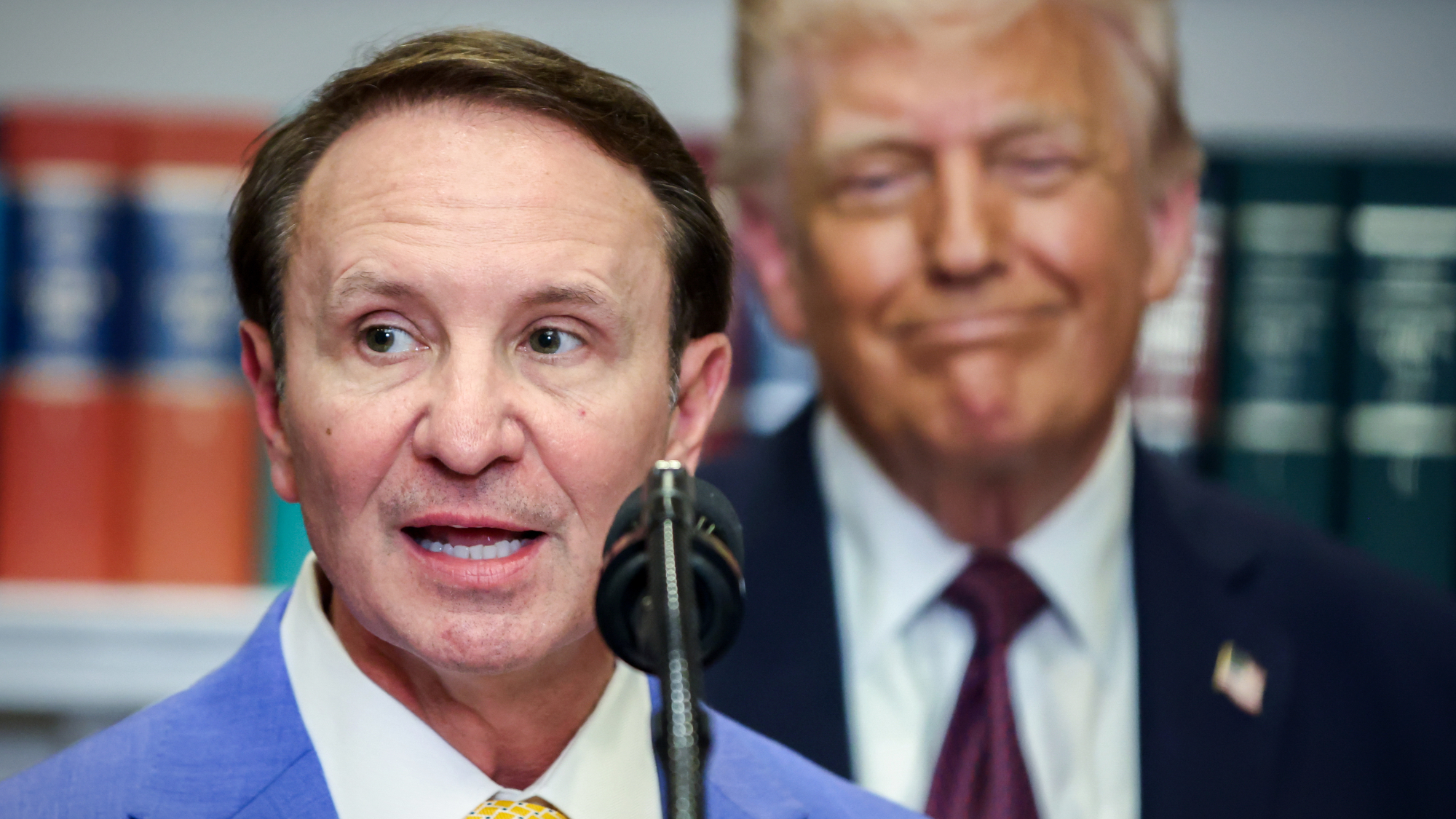 Danes ‘outraged’ at revived Trump Greenland push
Danes ‘outraged’ at revived Trump Greenland pushSpeed Read
-
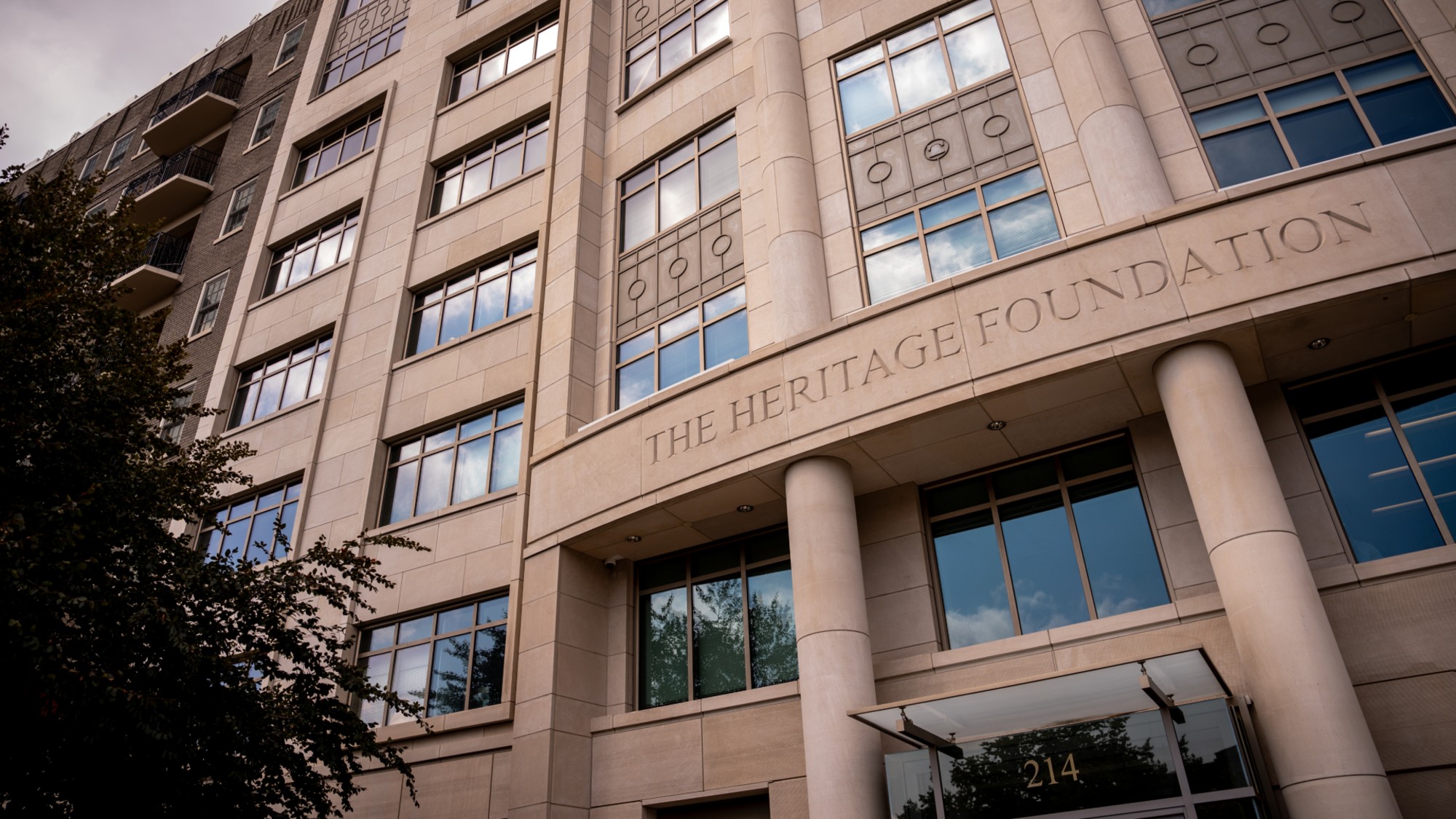 ‘Tension has been building inside Heritage for a long time’
‘Tension has been building inside Heritage for a long time’Instant Opinion Opinion, comment and editorials of the day
-
 The MAGA civil war takes center stage at the Turning Point USA conference
The MAGA civil war takes center stage at the Turning Point USA conferenceIN THE SPOTLIGHT ‘Americafest 2025’ was a who’s who of right-wing heavyweights eager to settle scores and lay claim to the future of MAGA
-
 CBS pulls ‘60 Minutes’ report on Trump deportees
CBS pulls ‘60 Minutes’ report on Trump deporteesSpeed Read An investigation into the deportations of Venezuelan migrants to El Salvador’s notorious prison was scrapped
-
 Trump administration posts sliver of Epstein files
Trump administration posts sliver of Epstein filesSpeed Read Many of the Justice Department documents were heavily redacted, though new photos of both Donald Trump and Bill Clinton emerged
-
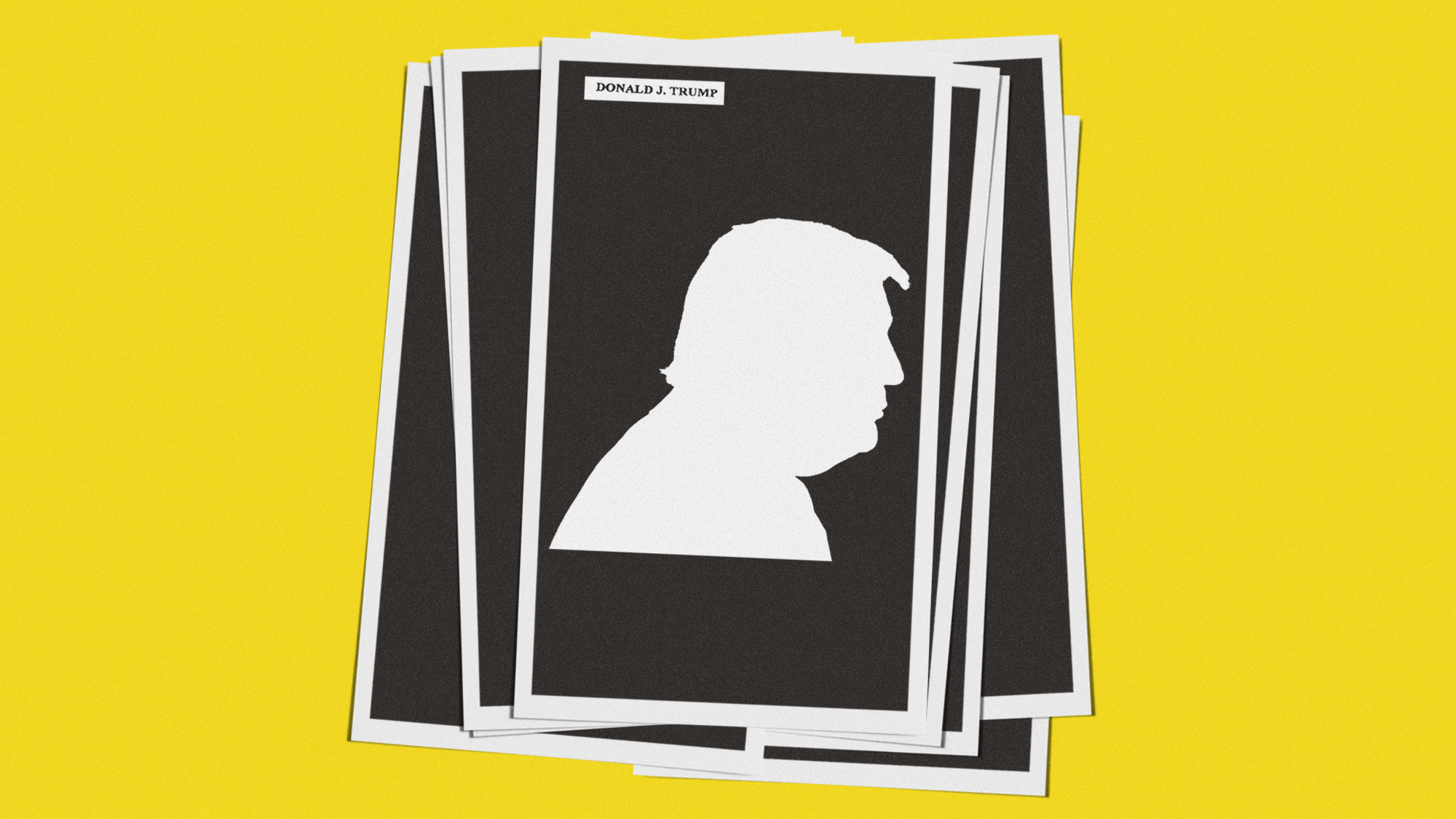 Is Trump deliberately redacting Epstein files to shield himself?
Is Trump deliberately redacting Epstein files to shield himself?Today’s Big Question Removal of image from publicly released documents prompts accusations of political interference by justice department
-
 What Nick Fuentes and the Groypers want
What Nick Fuentes and the Groypers wantThe Explainer White supremacism has a new face in the US: a clean-cut 27-year-old with a vast social media following
-
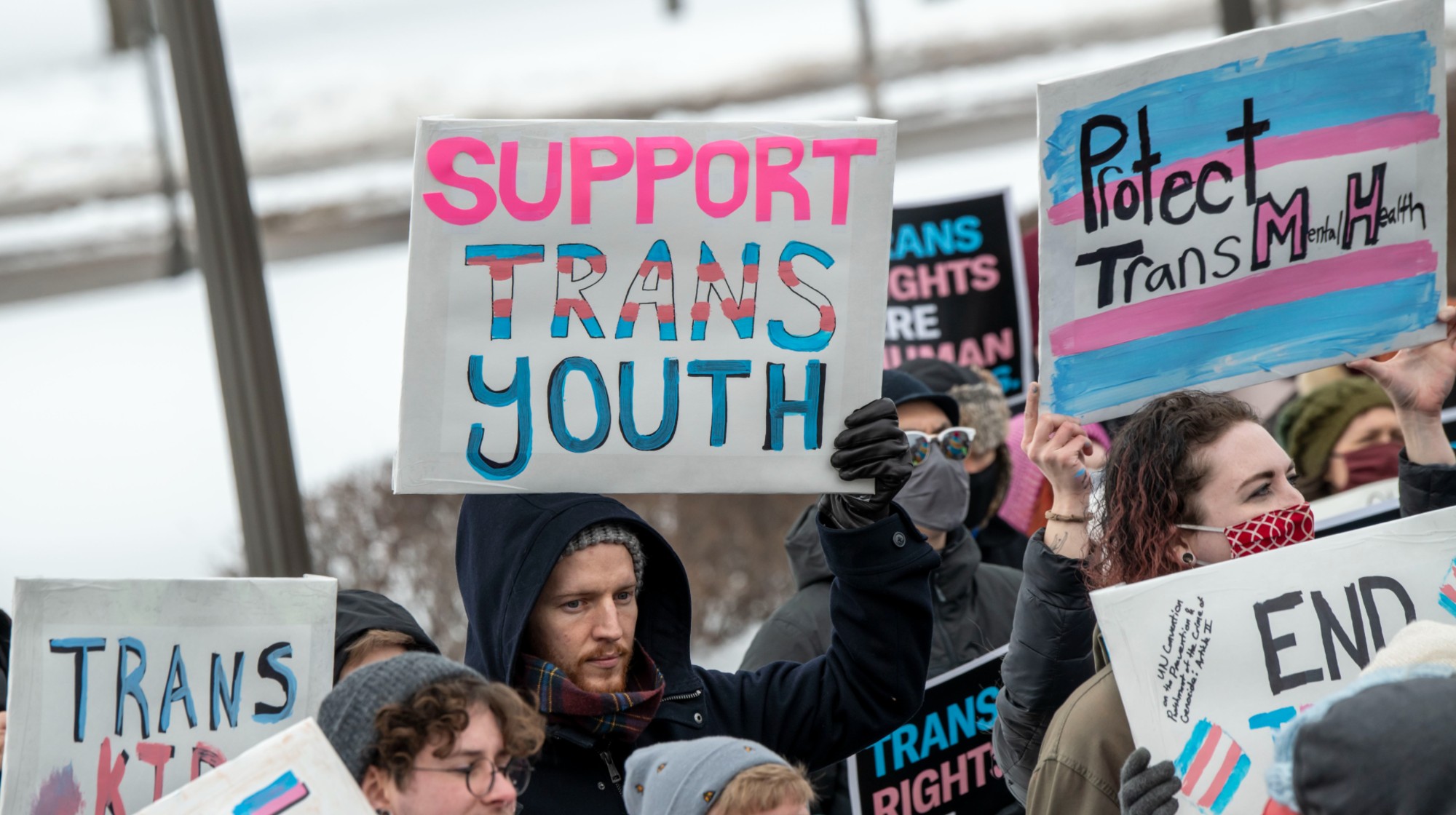 Trump HHS moves to end care for trans youth
Trump HHS moves to end care for trans youthSpeed Read The administration is making sweeping proposals that would eliminate gender-affirming care for Americans under age 18


